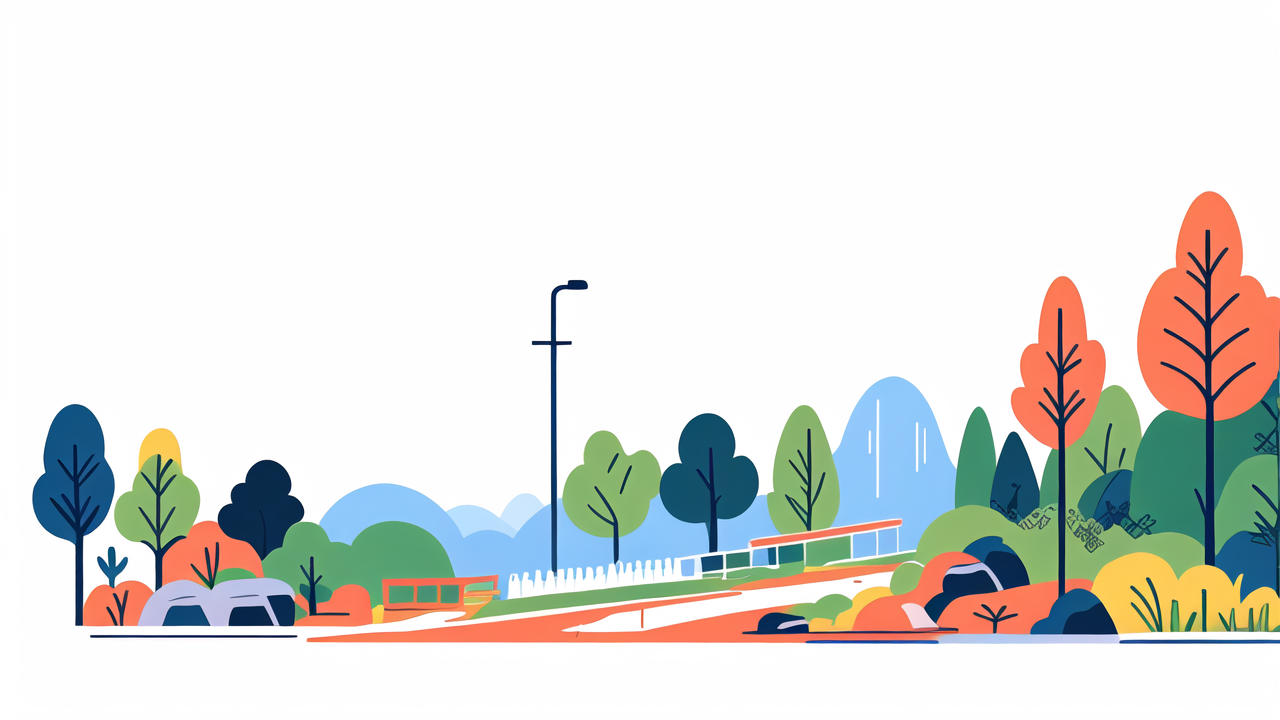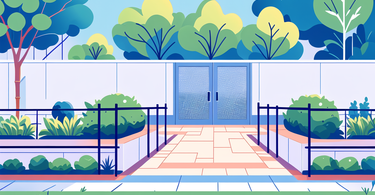Understanding Garden Fences: Purpose and Types
The Role of Garden Fences in Landscaping
Garden fences play a crucial role in landscaping. They define boundaries and create privacy. Fences also add visual appeal to your outdoor space. They can serve as a backdrop for plants or a focal point.

Fences protect your garden from pests and unwanted visitors. They keep pets and children safe within the yard. A well-chosen fence can enhance your property's value and curb appeal.
Different fence styles can create various atmospheres in your garden. Picket fences give a classic, charming look. Modern designs can make your space feel sleek and contemporary.
Types of Materials Used for Garden Fences
There are many materials to choose from for garden fences. Wood is a popular choice for its natural look and versatility. It can be painted or stained to match your style.
Vinyl fencing is low-maintenance and durable. It comes in various colors and styles. Metal fences, like wrought iron, offer strength and elegance.
Composite fencing combines wood fibers and plastic. It's eco-friendly and resists rot and insects. Bamboo fences provide a natural, tropical feel.
Chain-link fences are affordable and practical. They're great for security but may lack in aesthetics. Stone or brick fences offer a solid, timeless appearance.
Selecting the Right Material for Your Garden Fence
Factors to Consider When Choosing a Material
When selecting a fence material, consider your climate. Some materials fare better in certain weather conditions. Think about the purpose of your fence. Is it for privacy, security, or decoration?

Your budget is an important factor. Some materials cost more upfront but may save money long-term. Consider the style of your home and garden. The fence should complement your existing landscape.
Think about the maintenance you're willing to do. Some materials require more upkeep than others. The lifespan of the material is also important. A longer-lasting fence may be worth the investment.
Sustainability and Environmental Impact
Sustainability is increasingly important in landscaping. Look for materials that are eco-friendly and sustainably sourced. Reclaimed wood or recycled materials are great options.
Consider the environmental impact of the fence's production and disposal. Some materials, like vinyl, aren't biodegradable. Others, like wood, can be recycled or composted at the end of their life.
Look for certifications that indicate sustainable practices. FSC-certified wood comes from responsibly managed forests. Some companies offer take-back programs for their products.
Durability and Maintenance
Durability is key for a long-lasting garden fence. Consider how well the material withstands your local weather. Some materials are prone to rot, rust, or fading.
Low-maintenance options include vinyl and composite fencing. These resist pests and don't need painting. Wood fences may require regular staining or sealing to maintain their appearance.
Metal fences can be durable but may rust over time. Stone and brick are very durable but can be expensive. Consider the long-term costs of maintenance when choosing your material.
Best Practices for Garden Fence Installation in the United States
Ensuring Compliance with Local Building Codes
Before installing a fence, check your local building codes. Height restrictions and setback requirements vary by area. Some neighborhoods have specific rules about fence styles or materials.

Get any necessary permits before starting your project. This can save you trouble and fines later. Consider hiring a professional who knows local regulations.
Be aware of property lines to avoid disputes with neighbors. A survey may be needed to determine exact boundaries. Discuss your plans with neighbors as a courtesy.
Preparing the Ground and Fence Posts
Proper ground preparation is crucial for a stable fence. Clear the area of vegetation and level the ground. Mark your fence line carefully before digging.
Dig post holes to the proper depth for your fence height. In colder climates, dig below the frost line. Use gravel at the bottom of holes for drainage.
Set posts in concrete for stability. Ensure they're plumb and aligned. Allow concrete to cure fully before attaching fence panels or boards.
Finishing and Maintenance Tips for Long-Lasting Fences
After installation, apply appropriate finishes to protect your fence. For wood, use a sealant or stain. This protects against moisture and UV damage.
Regular maintenance helps your fence last longer. Clean it annually to remove dirt and debris. Check for loose boards or hardware and repair promptly.
Trim vegetation away from the fence to prevent damage. Address any signs of rot, rust, or pest infestation quickly. With proper care, your garden fence can beautify your landscape for years to come.
